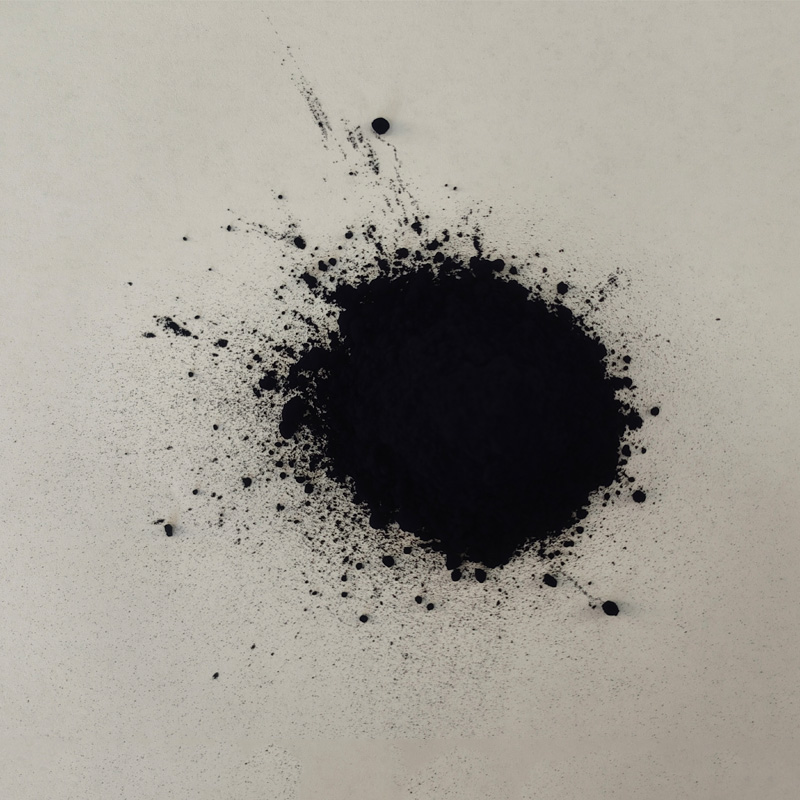fabric dyed with indigo
The Art of Indigo-Dyed Fabrics
Indigo dyeing is an ancient textile tradition that has captivated artisans and fashion enthusiasts for centuries. This unique dyeing technique is renowned for its deep blue hues, derived from the Indigofera plant, which has been utilized in various cultures across the globe. The art of indigo dyeing transcends mere fabric coloring; it embodies a rich cultural heritage and craftsmanship that reflects the identity of communities.
The Art of Indigo-Dyed Fabrics
When it comes to dyeing techniques, there are several methods that artisans employ to achieve various patterns and designs on the fabric. Shibori, a Japanese tie-dye technique, is one of the most popular styles, characterized by intricate folding, twisting, and bunching of fabric before dyeing. This creates stunning patterns that are both random and symmetric, showcasing the artisan’s skill and creativity. Other techniques include batik, where wax is used to resist dye, and ikat, where the threads are dyed before weaving, resulting in beautifully blurred patterns.
fabric dyed with indigo

Fabrics dyed with indigo are not just aesthetically pleasing; they also hold cultural significance. In many societies, indigo-dyed textiles are associated with tradition and identity. For instance, in West Africa, indigo dyeing is deeply embedded in social rituals and is often passed down through generations. The vibrant blue fabric is not merely clothing but a representation of community heritage, pride, and craftsmanship.
In contemporary fashion, indigo-dyed fabrics have made a significant comeback, celebrated for their unique textures and colors. Designers incorporate indigo into their collections, blending traditional techniques with modern aesthetics. The growing interest in sustainable fashion also elevates indigo dyeing, as it offers an eco-friendly alternative to synthetic dyes.
In conclusion, indigo-dyed fabrics are a remarkable fusion of art, culture, and history. The deep blue produced by this ancient technique continues to inspire awe and appreciation, reminding us of the intricate relationship between nature and human creativity. As we embrace the beauty of indigo-dyed textiles, we also honor the rich heritage they represent.
-
The Timeless Art of Denim Indigo Dye
NewsJul.01,2025
-
The Rise of Sulfur Dyed Denim
NewsJul.01,2025
-
The Rich Revival of the Best Indigo Dye
NewsJul.01,2025
-
The Enduring Strength of Sulphur Black
NewsJul.01,2025
-
The Ancient Art of Chinese Indigo Dye
NewsJul.01,2025
-
Industry Power of Indigo
NewsJul.01,2025
-
Black Sulfur is Leading the Next Wave
NewsJul.01,2025

Sulphur Black
1.Name: sulphur black; Sulfur Black; Sulphur Black 1;
2.Structure formula:
3.Molecule formula: C6H4N2O5
4.CAS No.: 1326-82-5
5.HS code: 32041911
6.Product specification:Appearance:black phosphorus flakes; black liquid

Bromo Indigo; Vat Bromo-Indigo; C.I.Vat Blue 5
1.Name: Bromo indigo; Vat bromo-indigo; C.I.Vat blue 5;
2.Structure formula:
3.Molecule formula: C16H6Br4N2O2
4.CAS No.: 2475-31-2
5.HS code: 3204151000 6.Major usage and instruction: Be mainly used to dye cotton fabrics.

Indigo Blue Vat Blue
1.Name: indigo blue,vat blue 1,
2.Structure formula:
3.Molecule formula: C16H10N2O2
4.. CAS No.: 482-89-3
5.Molecule weight: 262.62
6.HS code: 3204151000
7.Major usage and instruction: Be mainly used to dye cotton fabrics.

